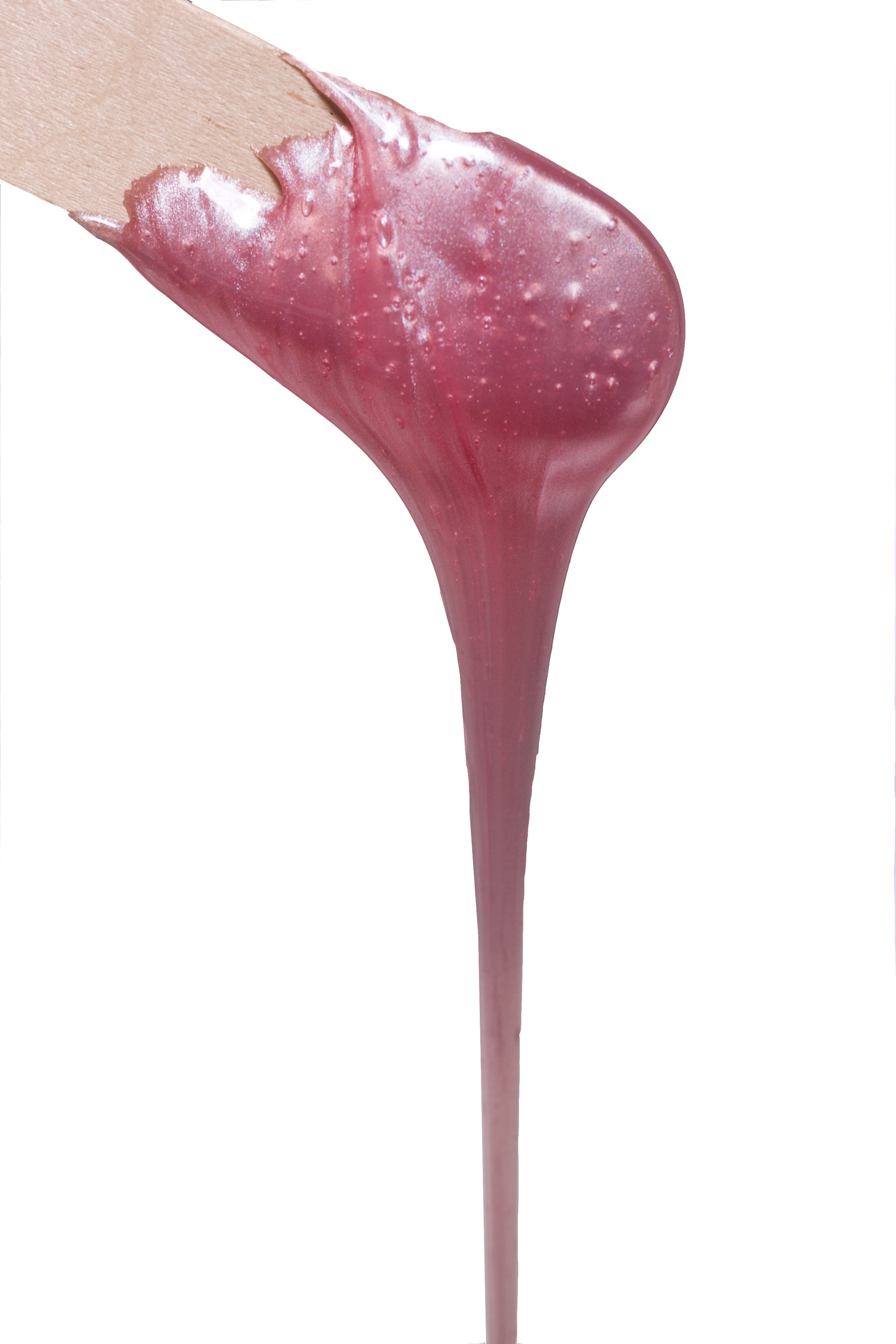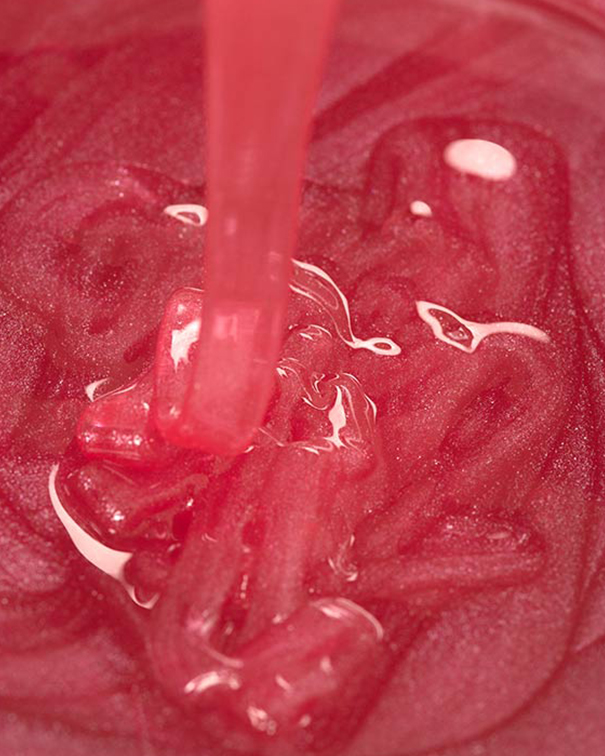
Say Goodbye to Stubborn Stubble: The Ultimate Guide to Waxing and Hair Removal

Understanding Waxing and Hair Removal
Do you find it frustrating to deal with stubborn stubble when it comes to hair removal? If so, waxing could be the answer you've been searching for. To achieve the smooth, hair-free skin you desire, it's important to understand the intricacies of waxing and hair removal.
Understanding Waxing and Hair Removal
The importance of waxing goes beyond just removing hair. Waxing not only helps remove unwanted hair but also slows down the regrowth process. By pulling the hair from the root, waxing results in a smoother finish compared to shaving, where hair grows back quickly and can feel coarse.
Many people are frustrated by stubborn stubble after shaving. This is where waxing comes in handy; it allows for longer periods between hair growth, providing a smoother and longer-lasting result than shaving.
Understanding the stages of hair growth is crucial in maximizing the effectiveness of waxing. Hair grows in cycles, and to get the best results, it's essential to schedule your wax appointments regularly to target hair at different growth stages.

Tips for Effective Hair Removal
Proper waxing techniques are paramount for effective hair removal. Ensuring that the wax is applied in the direction of hair growth and pulled swiftly against its natural grain can help achieve optimal results with minimal discomfort.
Proper Waxing Techniques
Mastering the art of proper waxing techniques involves applying the wax evenly in thin layers to ensure maximum hair removal efficiency. Pulling the wax strip swiftly in the opposite direction of hair growth helps uproot hair from the follicle, resulting in longer, smoother skin.
Exfoliation for Smooth Skin
Exfoliation plays a crucial role in achieving smooth skin post-waxing. By gently exfoliating the skin before waxing, you can remove dead skin cells and create a smooth surface for the wax to adhere to, enhancing the effectiveness of the hair removal process.
Moisturising After Waxing
After waxing, it's essential to moisturize the skin adequately. Opt for a soothing and hydrating moisturizer to calm the skin and prevent any potential irritation. Moisturizing also helps maintain the skin's elasticity and smooth texture post-hair removal.
Maximizing Hair Removal Results
To maximize hair removal results and prevent stubble post-wax, it's important to follow a few key steps. Ensuring the hair is the right length before waxing and avoiding shaving between waxes can help achieve longer-lasting smoothness.
Preventing Stubble Post-Wax
To prevent stubble from appearing shortly after waxing, it's recommended to let the hair grow to the optimal length before the next wax appointment. This helps ensure the wax can effectively grip the hair for thorough removal, minimizing the chances of stubbly regrowth.
Sustaining Smooth Skin
To sustain smooth skin long-term, consider incorporating regular exfoliation and moisturization into your skincare routine. By exfoliating to prevent ingrown hairs and moisturizing to keep the skin hydrated, you can prolong the results of your waxing sessions and maintain silky-smooth skin.
Moisturise and Exfoliate Often
After waxing, it's crucial to prioritize moisturising and exfoliating to maintain smooth, supple skin. Hydrating the skin post-wax helps to remove any potential irritation and preserve the skin's texture. Opt for a gentle, non-comedogenic moisturiser to prevent clogged pores. Regular exfoliation prevents ingrown hairs and maintains an even skin surface.
Exfoliating the skin a few days after waxing can help remove dead skin cells and prevent bumps or irritation. However, avoiding exfoliating immediately after waxing is essential to prevent further sensitivity. By incorporating moisturising and exfoliating into your post-wax routine, you can extend the duration of smooth skin between waxing sessions.
3 Stages of Hair Growth
Understanding the three stages of hair growth is essential in optimising your waxing results. The stages include anagen (active growth), catagen (transition), and telogen (resting). To achieve the best outcome from waxing, scheduling your wax appointments strategically to target hair at different growth stages is crucial. Doing so ensures that the hair is effectively removed from the root, leading to longer-lasting smoothness.
During the anagen phase, hair is actively growing, making it an ideal time for waxing as the hair follicle is well-connected to the root. In contrast, the telogen phase sees hair dormant, which may require more frequent waxing to catch hairs in active growth stages. Understanding these hair growth phases can help you plan your waxing sessions effectively.
Never Shave Between Waxes
To maintain the benefits of waxing and avoid stubble, it's advisable to refrain from shaving between your waxing appointments. Shaving can disrupt the hair growth cycle and lead to uneven regrowth, resulting in a less smooth appearance. By allowing the hair to grow to the appropriate length before waxing, you ensure that the wax can effectively grip the hair for complete removal.
If you notice stubble shortly after waxing, resist the urge to shave and instead opt for exfoliation to help release any trapped hairs. Shaving between waxes not only hinders the effectiveness of the wax but may also cause ingrown hairs and coarse regrowth. Stay committed to your waxing schedule for optimal results and long-lasting, smooth skin.